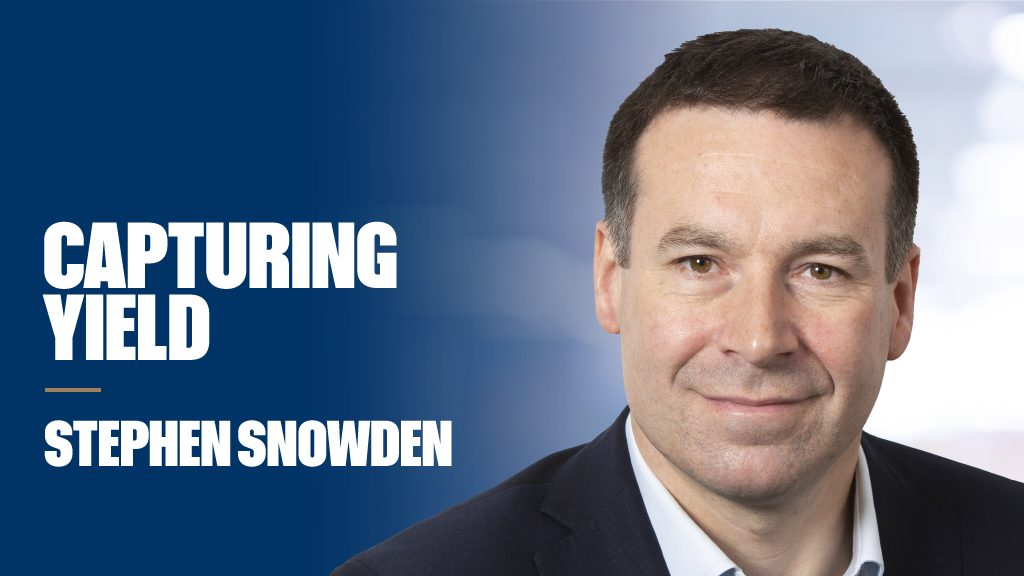But as the average performance of the sector shows, some absolute return funds have spent more time in negative territory than equity and bond indices.
Indeed, five have made a loss in half or more of the 60 12-month periods we looked at.
Sitting at the bottom of the table after losing money in 33 of the periods – or 55% of the time – is Man GLG European Alpha Alternative.
The fund is benchmarked against the MSCI Europe Index, which has been negative in just 13 of the 12-month periods.
However, the fund has had some success in making smaller losses than the index. Its largest loss over the whole period was 5.3%, while MSCI Europe’s was 18.8%.
Schroder ISF Emerging Markets Debt Absolute Return, RWC Core Plus, Lombard Odier Absolute Return Bond and Threadneedle Absolute Return Bond are the other funds that made losses in 30 or more of the 12-month periods.
The first three of these funds witnessed double-digit 12-month losses at times.
More recently, a number of absolute return funds have been highlighted as producing some of the worst returns in the entire Investment Association: FP Argonaut Absolute Return, CF Odey Absolute Return and City Financial Absolute Equity were all at the very bottom of the performance rankings in 2016.
Our data shows that FP Argonaut Absolute Return’s worst 12-month loss was 25.6%, CF Odey Absolute Return’s was 20.6% and City Financial Absolute Equity’s 19.3%.
But this does not mean these funds have necessarily been frequent loss-makers and all are mid-table in this study, with a respective 14, 10 and 11 periods in the red.
Their maximum gains are also some of the highest of the sector – 41.9% for Argonaut, 47.7% for Odey and 40.4% for City Financial – although this highlights their more volatile natures and the need to keep in mind the differing approaches of funds in this highly diverse sector.











